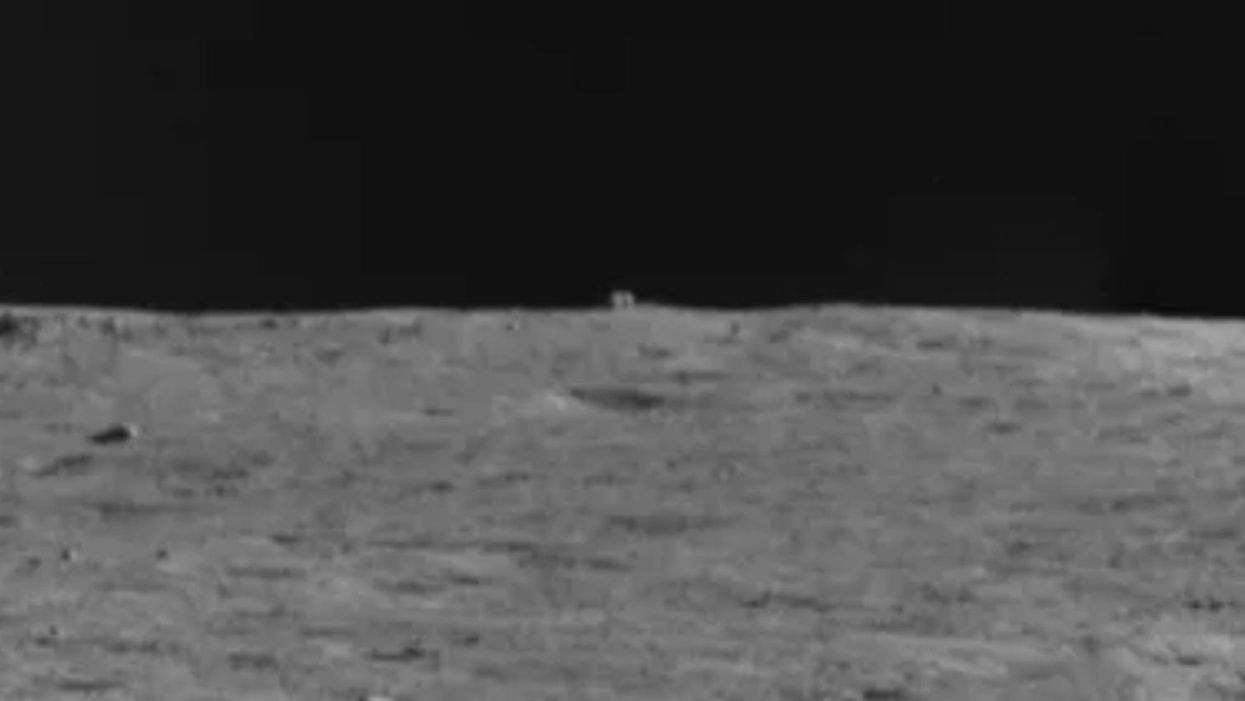Becca Monaghan
Dec 06, 2021
A rover has been sent to check out an usual-looking object on the moon referred to as a “mystery house.”
Researchers spotted the strange cube-shaped structure on the northern horizon of the moon. It’s around 80 metres away from China’s Yutu-2 rover.
Space journalist Andrew Jones said that researchers will spend the next two to three lunar days getting closer to the peculiar object “to check it out.”
While he believes “it’s not an obelisk or aliens”, the bizarre cube has certainly intrigued researchers – and social media – who are excited to discover more.
Sign up to our new free Indy100 weekly newsletter
“I don’t think I’ve ever been this excited to find a large boulder/small mountain piece in my life,” one said. “I wish it is intelligently made, but real life answers get me just as excited.”
While another asked why the rover didn’t get closer to the shape, to which one responded: “Because it needs sunlight to travel & perform tasks like pictures and sending images back to earth and it is on the moon, which has a much longer day/night cycle than earth.”
So yeah, it's not an obelisk or aliens, but certainly something to check out, and hard to discern much from the ima… https://t.co/eUEKpv8FtL— Andrew Jones (@Andrew Jones) 1638518624
In 2019, China made history after successfully soft landing their Chang’e-4 lander on the moon’s far side that faces away from Earth. Their journey was detailed on their Yutu-2 drive diary, published by Chinese government-sanctioned science outreach blog Our Space.
“The rover and Chang’e-4 lander are now into their 37th lunar day of activities and Yutu-2 could be approaching a total drive distance of 900 metres,” Andrew added.
People were soon disappointed to discover that the strange substance was simply just rocks. Researchers said in Earth and Planetary Science Letters: “Chang’e-4 rover discovered a dark greenish and glistening impact melt breccia in a crater during its traverse on the floor of Von Kármán crater within the South Pole Aitken (SPA) basin on the lunar farside.
“The discovered breccia, being 52 × 16 cm, resembles the lunar impact melt breccia samples 15466 and 70019 that returned by the Apollo missions.
“It was formed by impact-generated welding, cementing and agglutinating of lunar regolith and breccia. “
I guess we’ll have to wait and find out!
Top 100
The Conversation (0)














